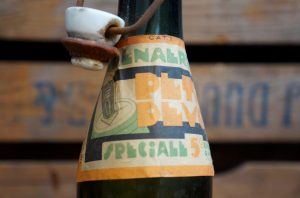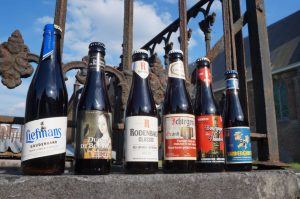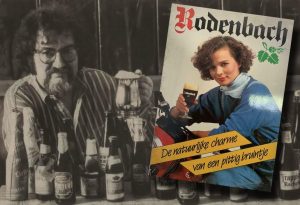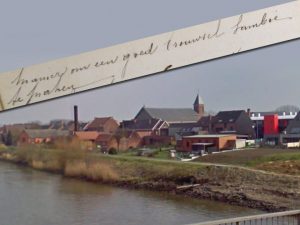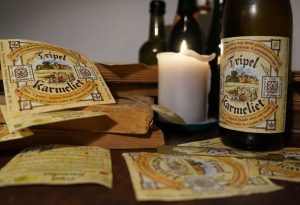Crabbeleer, a historic beer returns… or does it?
 In June 1847 several newspapers featured a remarkable story. For instance, the Leydse Courant (from Leiden in Holland) told its readers: ‘Gent, 22 June. A new or rather old type of beer is brewed here now, which is called crabbeleire and which was highly regarded by the citizens of Gent in the 15th century… Mr. Van der Haagen has retrieved the recipe and is now supplying tasty, foaming crabbeleire to several innkeepers.’[1] Nice, a lost beer brought back to life, that’s how we like it. But what was the story behind it?
In June 1847 several newspapers featured a remarkable story. For instance, the Leydse Courant (from Leiden in Holland) told its readers: ‘Gent, 22 June. A new or rather old type of beer is brewed here now, which is called crabbeleire and which was highly regarded by the citizens of Gent in the 15th century… Mr. Van der Haagen has retrieved the recipe and is now supplying tasty, foaming crabbeleire to several innkeepers.’[1] Nice, a lost beer brought back to life, that’s how we like it. But what was the story behind it?





